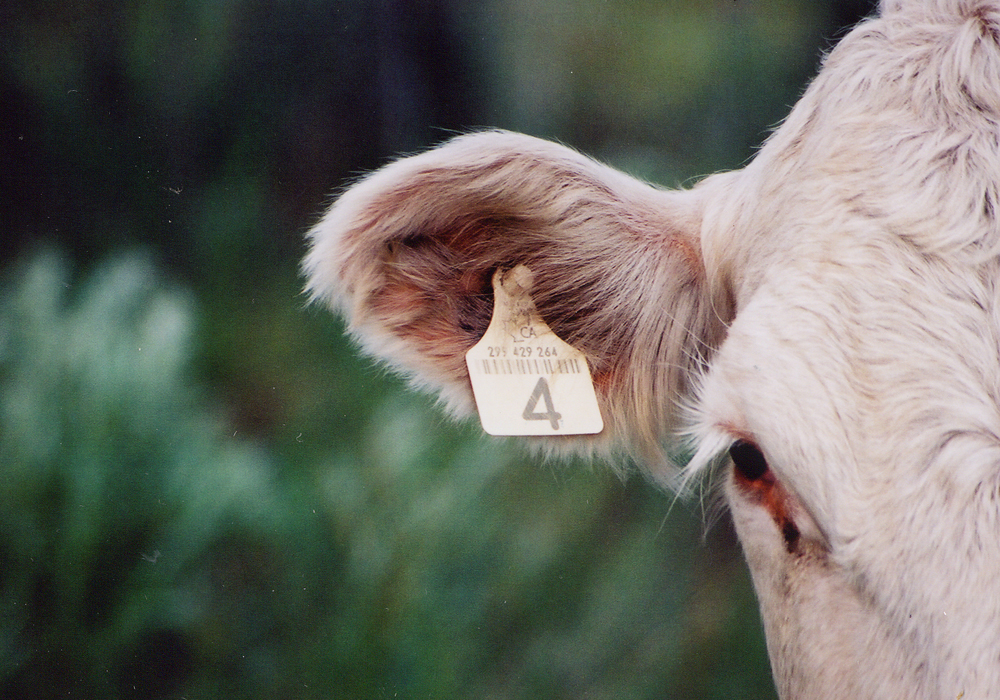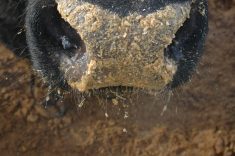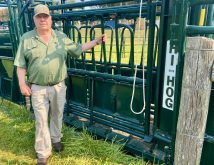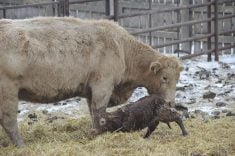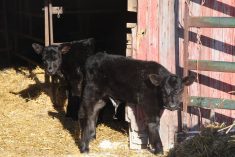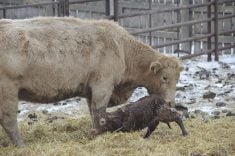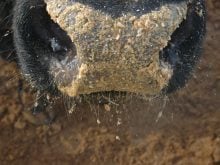A long-term study finds that ear tags fall out largely because the stud on the backing falls apart quicker than it should
When Canadian cattle producers complain about traceability, their biggest gripe is lost ear tags.
The Canadian Cattle Identification Agency has a long-term study on ear tag retention that looks at a variety of environments.
Manufacturers and the agency have heard the complaints and both are exploring the problem and ways to keep the tags in, said agency manager Anne Brunet-Burgess.
“The result is there are no perfect tags,” she said.
One multi-phase study scanned 2,000 calves, 1,000 yearlings and 700 cows with approved CCIA tags.
Read Also

Trump’s tariffs take their toll on U.S. producers
U.S. farmers say Trump’s tariffs have been devastating for growers in that country.
The overall tag retention rate for calves exceeded 96 percent in all herds with six ranches reporting no lost tags. The overall retention for yearlings was 99 percent but mature cows’ averaged 82 percent.
Another phase looked at why ear tag material fails. It appeared the stud on the backing falls apart quicker than it should.
The tags are subjected to rigourous testing including exposure to cold, ultraviolet rays and other obstacles a live animal might subject a tag to in the pasture.
While the tags are manufactured to fit Canadian conditions, there can be problems.
“If applicators and tags are cold it seems to affect how they go in,” she said.
The Y-Tex company supplies tags to the agency and knows live animals can pull out tags if they move through bush or feeders.
“The most common loss is if they get it caught up in a feeder and the tag doesn’t break but it rips through the ear,” said company representative Scott Kreamer.
The company has had customers who reported tags stayed in for six months up to 10 years.
Tags are constantly being improved.
The studs have been strengthened and more wires added inside so they read better, said Dave Lehman, national sales manager for Allflex Canada.
Cows lose their tags most often.
“The older you are and the bigger you are the more chance you are going to get something caught,” he said.
Complaints have slowed in the last five years and in his experience tags may be lost if they were not placed in the right part of the ear, between two pieces of cartilage close to the head. The wrong applicator from another manufacturer may also cause retension issues.
“If I see more than 10 percent losses, then there is something going on. The tags don’t fall out that easy,” he said.
Research is also examining high frequency tags as opposed to the low frequency passive tags currently in use. However, there are no ISO standards for these tags at this point.
High frequency ear tags could allow producers to read many tags at once, which would be useful in some circumstances, Kreamer said.
“As far as utility they offer a lot more than low frequency tags in terms of the number of services they can provide,” he said.
They can be read at about 10 metres depending on the tag but some technical issues persist with internal wires breaking down.
“For the average guy, I don’t think it is there yet in terms of costs and whether they really need that,” he said.
Dual tags with both low and high frequency readability have potential, said Lehman
“It makes the most sense but if it is more than $3 you know what the reaction would be,” he said.


